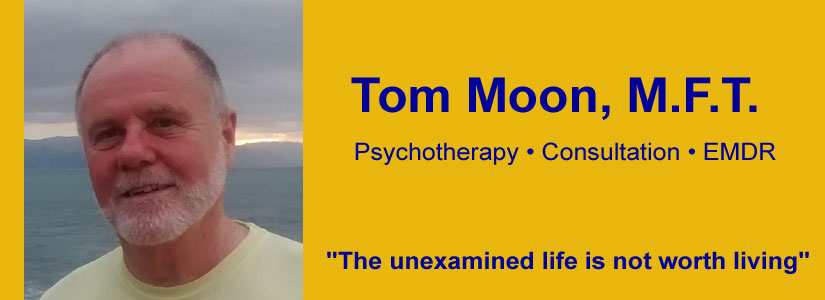The tradition of making New Year’s resolutions is ancient: it can be traced all the way back to the Babylonians. I think it has survived because it can be a very helpful practice. It seems to work best when the resolutions involve concrete and measurable goals (such as “lose a pound per week,” rather than just “lose weight”) and specific actions to achieve the goals (“join Weight Watchers” rather than just “diet.”)
But there’s an interesting variation on this custom which isn’t about resolving to do this or that, but which focuses instead on letting go. In this version, you commit to what you’re not going to do. The process begins with a period of self-reflection, in which you identify habits of thought or behavior that stand between you and fulfillment or happiness, and then your form an intention to let go of these habits in the New Year. Here are a few examples of habits of thought that others have put on their “let go” lists:
Perfectionism, or the idea that you have only two options – total success or complete failure. Another example: Nursing grudges. (Holding onto grudges is a little like trying to run a marathon while carrying a bowling ball. Forgiveness is like putting the ball down). Other examples: guilt and anger over the past; worrying what others think of you; fear of failure; fighting with things you can’t change; fear of the unknown; the need to be always in control; the idea that it’s your responsibility to make everyone around you happy. If jealousy or envy are creating suffering in your life, then maybe you need to let go of the “comparing mind.” (If you are feeling intense envy for someone, you might try this thought experiment: Bring the person to mind and tell them, “I’m not inferior to you. I’m not superior to you. I’m not equal to you.”)
In examining your relationships, you might choose to commit to letting go of those connections that no longer bring any value to your life. Maybe there are people, for instance, who don’t put any time or effort into their connection with you. Letting go of them doesn’t have to involve making a dramatic announcement. Instead, you can just let go of the energy that you spend on them that never gets returned. You can come to acceptance of the fact that you can still love them while also letting them go, in order to make room for the friends who are actively involved with you.
One of the ways we disempower ourselves and turn our relationships into victimizing experiences is to believe ideas like “You have to change in order for me to be happy.” If you’re in a relationship in which you believe that idea, ask yourself who you’d be if you let go of it. What might change in your life if you didn’t assume that your happiness was dependent on what your partner did or didn’t do?
Once you have a list of habits you want to let go of (keep it short!), the next step is to write each of them out in the form “In the coming year, I resolve to let go of —.” Keep your resolutions in a place where you can see them frequently. Letting go is a process, not a single action, and any deeply ingrained habit will tend to resurface. When that happens, avoid any temptation to self-denigration. This is a process of training yourself to be patient with yourself. When an old habit arises, the idea is to relate to it, not from it. In other words, instead of letting it drive you, just note that it’s present, but don’t fight it. Then, incline your mind in a different direction, by saying to yourself something like, “Here’s my old friend (perfectionism, envy, etc). I now let you go, and I focus my attention on (the opposite, i.e. acceptance of imperfection, non-comparing, etc.)” The process of change is usually slow, but each time you let go of something, it’s like dropping a single drop of water into a bucket. In time, the bucket fills up.
